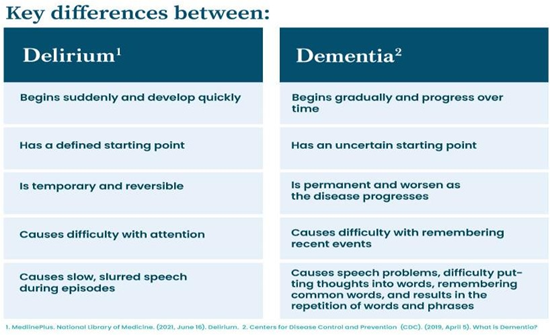The nurse finds a client's pulse to be very weak, but palpable. Documentation should note that this pulse is:
hypovolemic.
bradycardic.
deficient.
thready.
The Correct Answer is D
D. A "thready" pulse is weak and difficult to palpate. It feels like a fine thread or string under the fingertips and suggests poor cardiac output or decreased peripheral perfusion. A thready pulse is palpable but weak, indicating inadequate stroke volume with each heartbeat.
A. Hypovolemic refers to a state of decreased blood volume, which can lead to a weak and rapid pulse due to reduced blood flow through the arteries. However, it does not specifically describe the quality of the pulse that is palpable.
B. Bradycardia refers to a slow heart rate, typically below 60 beats per minute in adults. A bradycardic pulse may be slow but can still be strong or weak depending on the underlying cause. It does not specifically describe the quality of a weak but palpable pulse.
C. "Deficient" is not a commonly used term to describe the quality of a pulse. It does not provide specific information about the palpable nature or strength of the pulse.
Nursing Test Bank
Naxlex Comprehensive Predictor Exams
Related Questions
Correct Answer is C
Explanation
C. Delirium is often reversible once the underlying cause is identified and treated (e.g., correcting electrolyte imbalances, managing infections, discontinuing medications contributing to delirium). With appropriate intervention, the mental status can improve, and the individual can return to their baseline cognitive function.

A. Dementia, on the other hand, is a chronic, progressive syndrome that primarily affects memory, thinking, behavior, and the ability to perform everyday activities. It does not typically cause acute changes in consciousness.
B. Memory impairment is a hallmark feature of dementia, especially in the early stages. In contrast, delirium primarily affects attention, awareness, and cognition acutely, with memory impairment being variable and not a defining feature.
D. Delirium develops rapidly, often over hours to days, in response to an acute medical condition, medication change, or other factors. It is characterized by a fluctuating course and can resolve once the underlying cause is managed.
Correct Answer is A
Explanation
A. The psychomotor domain involves the development of physical skills and the ability to manipulate objects. When the client performs a return demonstration of using the incentive spirometer, they are demonstrating their ability to coordinate their muscles and movements to correctly operate the device. This includes actions such as inhaling deeply, maintaining proper technique, and achieving the desired lung volume.
B The cognitive domain pertains to the acquisition and application of knowledge and intellectual skills. Understanding how the incentive spirometer works, its purpose in improving lung function post-surgery, and the correct technique for using it all fall under cognitive learning. The client must grasp the
Rationale behind using the spirometer to promote effective breathing and prevent complications like atelectasis.
C. Imitation involves observing and copying someone else's actions. In the context of using an incentive spirometer, the initial demonstration by the nurse serves as a model for the client to imitate. After receiving instructions and observing the nurse's demonstration, the client imitates the correct technique during the return demonstration. However, imitation alone does not fully capture the learning domain demonstrated by the client.
D. The affective domain focuses on attitudes, values, beliefs, and emotions. While using the incentive spirometer involves physical and cognitive skills, it also involves motivation and willingness to engage in the activity as prescribed by the healthcare provider. This domain encompasses the client's commitment to following through with spirometer use as part of their recovery and adherence to the healthcare plan.
Whether you are a student looking to ace your exams or a practicing nurse seeking to enhance your expertise , our nursing education contents will empower you with the confidence and competence to make a difference in the lives of patients and become a respected leader in the healthcare field.
Visit Naxlex, invest in your future and unlock endless possibilities with our unparalleled nursing education contents today
Report Wrong Answer on the Current Question
Do you disagree with the answer? If yes, what is your expected answer? Explain.
Kindly be descriptive with the issue you are facing.
